International Women’s Day on March 8 is approaching; let’s take a moment to reflect on the information and images of women who have made significant contributions that changed the course of world history.
1. Harriet Elizabeth Beecher Stowe – Writer and Abolitionist Activist

Harriet Elizabeth Beecher Stowe.
Harriet Elizabeth Beecher Stowe (June 14, 1811 – July 1, 1896) was an American writer and an active supporter of abolitionism. In 1852, she authored the groundbreaking work Uncle Tom’s Cabin, which criticized the brutality of slavery.
Uncle Tom’s Cabin became the best-selling novel of the 19th century and the second best-selling book after the Bible in the 20th century.
When President Abraham Lincoln met Beecher Stowe, he famously remarked, “So you’re the little woman who wrote the book that started this great war.”
2. Emmeline Pankhurst (July 15, 1858 – June 14, 1928) – Leader of the Women’s Suffrage Movement
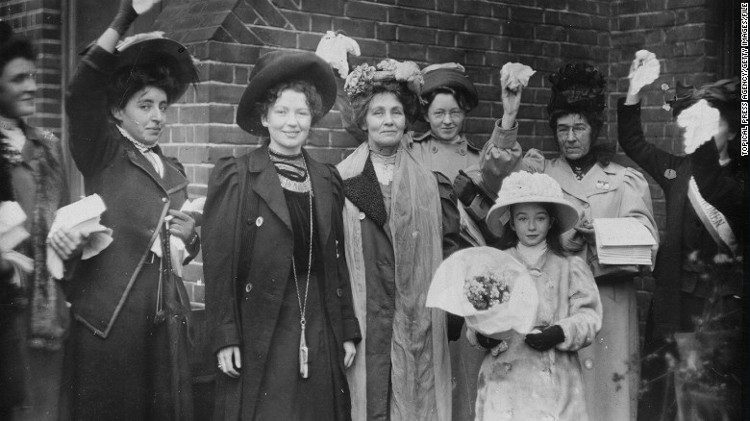
Emmeline Pankhurst (center) with her daughter Christabel Harriette (third from left) greeted by supporters after their release in 1908.
Emmeline Pankhurst was a British political activist who founded the Women’s Social and Political Union, known for its militant tactics, including chaining themselves and hunger strikes.
“We are here not to break the law, but to uphold the law by becoming lawmakers,” Pankhurst asserted during a trial in 1908.
Sadly, she never saw her dream come true, as she passed away just three weeks before the law granting women the right to vote like men was enacted.
In 1999, Time magazine honored Pankhurst as one of the 100 most important people of the 20th century.
3. Anne Frank (June 12, 1929 – March 1945) – Author of the World’s Most Read Diary

Portrait of Anne Frank.
Anne Frank was a Jewish girl from Germany and the author of the famous diary The Diary of a Young Girl. The diary was written while Anne and her family, along with four others, hid in the attic of their home at 263 Prinsengracht, Amsterdam, during the Nazi occupation of the Netherlands in World War II.
The diary shares heartfelt reflections, hope, and the optimistic spirit of young Anne, despite her facing the terror of bombings and the omnipresent threat of death.
The Diary of a Young Girl is one of the most widely read books in the world, translated into 67 languages and adapted into films and plays.
Anne Frank died in 1945 at the Bergen-Belsen concentration camp, just weeks before the area was liberated.
4. Simone de Beauvoir (January 9, 1908 – April 14, 1986) – French Writer and Philosopher
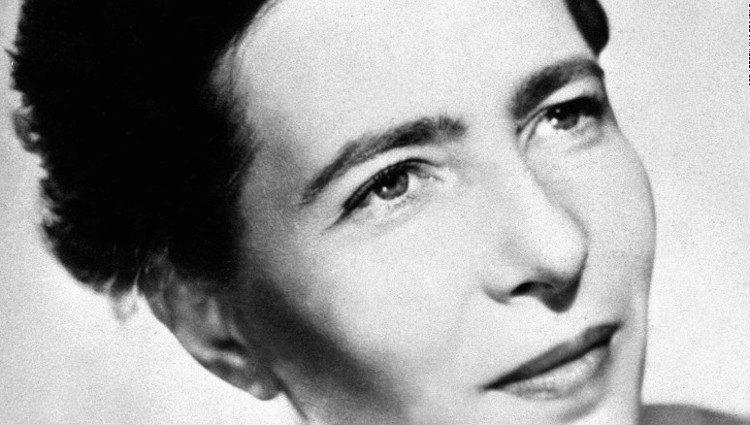
Simone de Beauvoir.
Simone de Beauvoir is renowned for her work The Second Sex (published in 1949), an analysis of women’s oppression and the topic of gender equality. In 1975, she was awarded the Jerusalem Prize and the Austrian State Prize for European Literature in 1978.
5. Rosalind Franklin (July 25, 1920 – April 16, 1958) – Scientist Who Contributed to Understanding DNA’s Molecular Structure
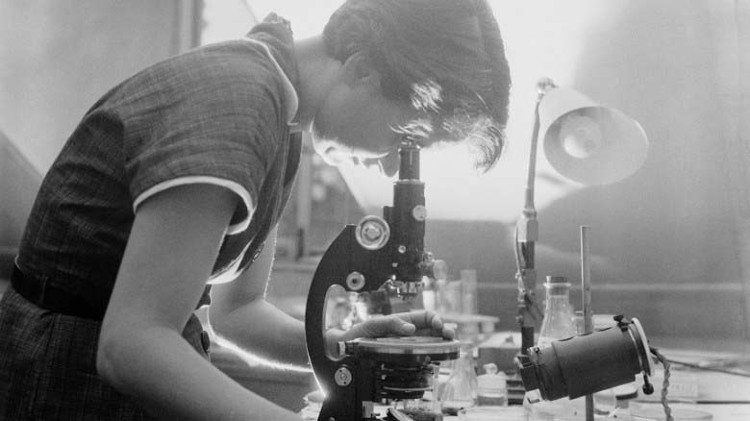
Rosalind Elsie Franklin.
Rosalind Elsie Franklin was a biophysicist and X-ray crystallographer who made significant contributions to the understanding of the molecular structure of DNA, RNA, viruses, coal, and graphite. Her research on DNA achieved remarkable success, as DNA plays a vital role in cellular metabolism and genetics, and discovering its structure helped her and her colleagues understand how genetic information is passed from parents to offspring.
After completing her DNA research, Franklin pioneered studies on the virus causing tobacco mosaic disease and the poliovirus. She passed away in 1958 at the age of 37 from ovarian cancer.
6. Billie Jean King (born November 22, 1943) – World Tennis Legend

Billie Jean King.
Billie Jean King is one of the most famous female athletes in sports history. She is celebrated as a legend in women’s tennis, and her stories have become part of history.
Throughout her athletic career, she is best remembered for her victory over male player Bobby Riggs in the famous “Battle of the Sexes” in 1973, which was watched by 50 million viewers on television.
In the 1970s, she founded and served as president of the Women’s Tennis Association, an organization for women who wanted to play tennis, helping them become professional athletes and earn a living from the sport. Additionally, she played a significant role in advocating for equal pay for female athletes, demanding organizations provide equal prize money for male and female competitors.
7. Wangari Maathai (April 1, 1940 – September 25, 2011) – Founder of the Green Belt Movement
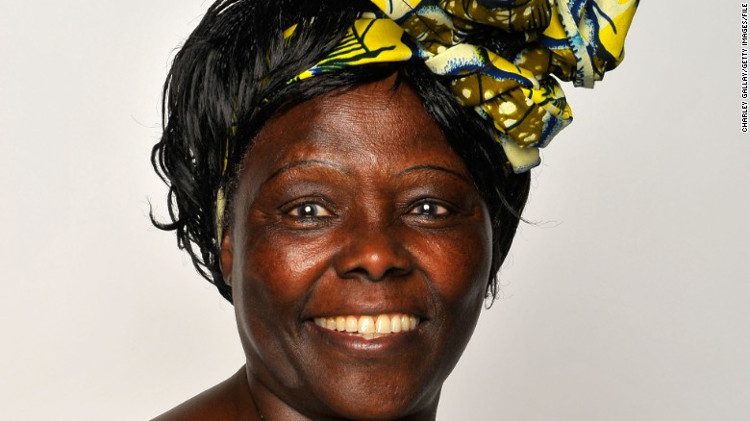
Wangari Maathai.
“When we plant trees, we are nurturing hope and peace,” is a famous quote by Wangari Maathai upon receiving the Nobel Peace Prize in 2004.
Wangari Maathai was an environmentalist and political activist from Kenya. In 1977, she founded the Green Belt Movement to promote environmental conservation. Maathai’s organization planted 40 million trees across the African continent.
On September 25, 2011, Maathai passed away in a Nairobi hospital after a long battle with cancer. Her passing deeply moved many, as she dedicated her life to environmental protection.
8. Chien-Shiung Wu – Physicist

Chien-Shiung Wu, dubbed “the Chinese Marie Curie,” contributed to breaking gender stereotypes in science (Photo: Pinterest).
Chien-Shiung Wu (born 1912, died 1997) was a Chinese-American experimental physicist. She was an expert in radiation and was invited to participate in the Manhattan Project to develop the atomic bomb for the United States.
Born in Shanghai, China, she showed a passion for science from a young age. After graduating from National Central University in China, she moved to the United States as a research fellow at the age of 24 and settled there.
She was known as the “Queen of Beta Decay” for her pioneering work in beta decay research, making significant contributions to the development of nuclear physics. She also played a vital role in breaking gender stereotypes in science.
Chien-Shiung Wu passed away in New York City in 1997.
9. Flossie Wong-Staal – Virologist and Molecular Biologist
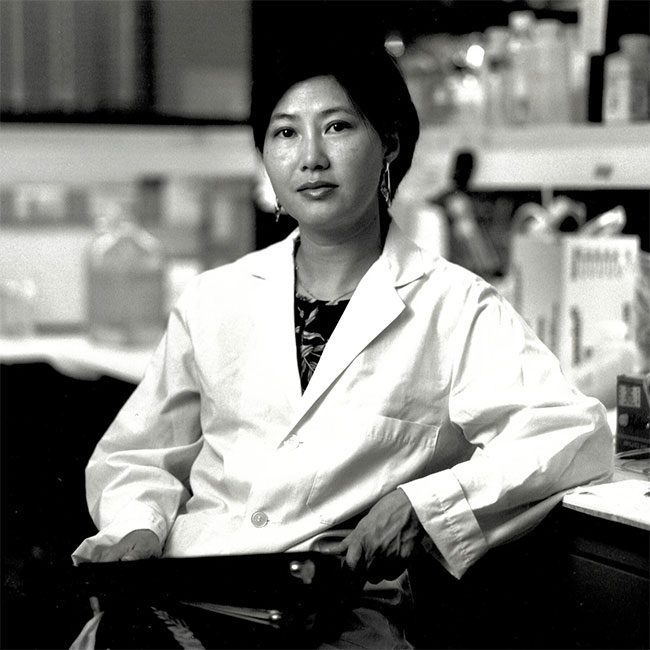
Flossie Wong-Staal helped unravel the mysteries of the HIV virus. (Photo: Getty).
Flossie Wong-Staal was born on August 27, 1946, in Guangzhou, China. She immigrated with her family to the United States at the age of six. There, she graduated from the University of California with a degree in microbiology, achieving excellence in just three years. She went on to earn her PhD in molecular biology in 1972.
Her research focused on viruses, particularly the HIV virus. She was the first to successfully clone the HIV virus, helping to identify the genetic functions of this virus and making significant contributions to the development of HIV/AIDS treatment methods.
Flossie Wong-Staal is regarded as one of the most distinguished virologists and molecular biologists of the 20th century. She passed away on July 8, 2020, in La Jolla, California.
10. Katalin Karikó – Biochemist and Molecular Biologist
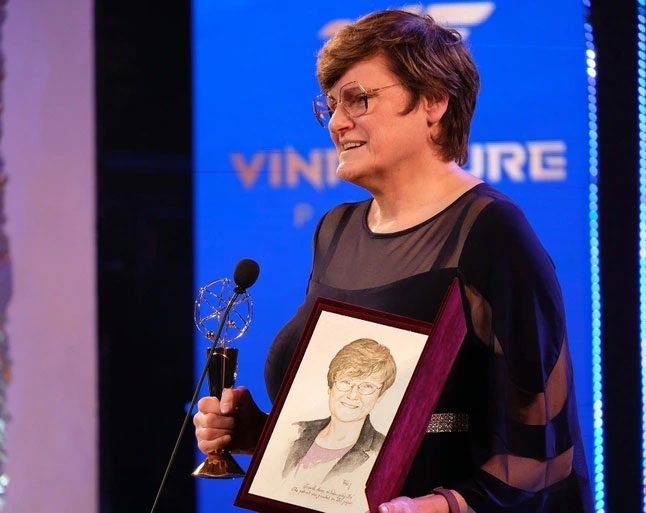
Research by Katalin Karikó and her colleagues has played a significant role in extinguishing the COVID-19 pandemic globally (Photo: Nguyễn Nguyễn).
Katalin Karikó was born on January 17, 1955, in Hungary. After graduating from university in Hungary, she moved to the United States as a research fellow and has been working and residing in the U.S. since 1985.
She specializes in mRNA (messenger RNA) research, which plays a crucial role in protein synthesis in cells and has applications in medicine. She is a co-inventor of mRNA vaccine technology, which has been pivotal in developing mRNA vaccines to combat the COVID-19 pandemic worldwide.
This mRNA vaccine technology can also be applied to treat various infectious diseases and cancers.
Her research has earned Katalin Karikó numerous prestigious scientific awards, including the Lasker-DeBakey Clinical Medical Research Award (2021), the Breakthrough Prize in Fundamental Physics (2021), and the VinFuture Grand Prize (2022).
In 2023, Karikó and her colleague Drew Weissman were awarded the Nobel Prize in Physiology or Medicine for their discoveries related to mRNA technology and its application in developing vaccines against COVID-19.
Katalin Karikó is regarded as one of the most outstanding female scientists of the 21st century.


















































